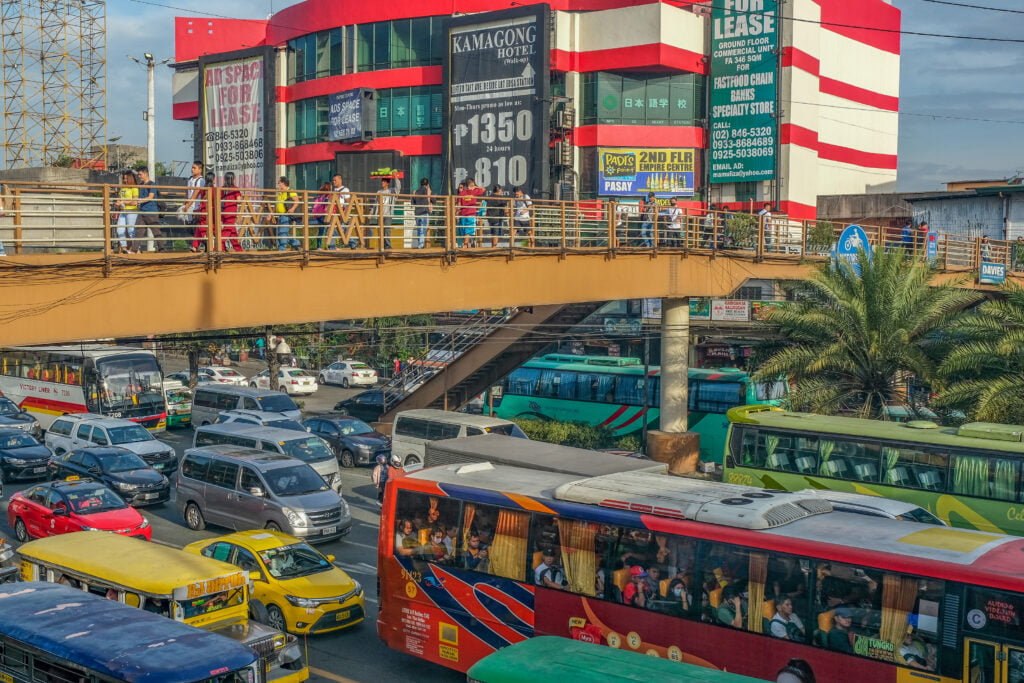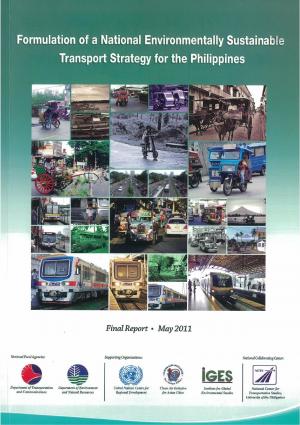Inexpensive Transit Advertising Philippines for Brand Awareness
Inexpensive Transit Advertising Philippines for Brand Awareness
Blog Article
Exactly How Transportation Marketing Can Transform Mass Transit Spaces Into Dynamic Advertising And Marketing Platforms
Transportation advertising and marketing holds considerable capacity to redefine mass transit spaces right into dynamic advertising systems that engage and notify. By making use of ingenious layouts such as interactive stands and electronic display screens, brand names can not just get to a diverse target market yet additionally improve the general traveler experience. This approach produces a special possibility for brands to get in touch with customers in a setting that is usually neglected. As we explore the multifaceted benefits and advancing approaches of transit advertising, it increases the inquiry of how this transformation could redefine our communications with both brand names and the metropolitan setting.
Advantages of Transportation Advertising

Furthermore, transportation advertising is extremely economical contrasted to traditional media. It permits advertisers to attain high impacts at lower costs, making best use of return on financial investment. The restricted audience of commuters supplies a chance for brands to convey their messages to people who are usually responsive throughout their traveling times.
Additionally, the vibrant nature of transportation advertising and marketing allows campaigns to be updated often, ensuring that messaging remains relevant and prompt. This versatility can be crucial in reacting to market trends or advertising events, maintaining the brand name top-of-mind for consumers. Last but not least, the pervasive presence of transportation advertising and marketing adds to brand name recall; duplicated direct exposure within acquainted travel contexts strengthens brand recognition and cultivates customer loyalty, eventually improving and driving sales brand reputation.
Kinds Of Transit Marketing
Public transport systems provide different styles for advertising, each dealing with different advertising methods and audience interaction methods. One famous type is outside bus and train wraps, which cover the entire automobile and develop a mobile signboard result, permitting for high visibility in urban atmospheres. These wraps can record attention as they traverse busy roads, getting to a diverse target market.
One more preferred style is interior marketing, that includes posters, electronic displays, and ads on transportation seats. These placements involve passengers throughout their journey, strengthening brand name messaging in a constrained room. Digital displays, particularly, use the advantage of dynamic content, allowing advertisers to update messages in real-time.
Station advertising is additionally substantial, including posters, banners, and interactive kiosks within transportation terminals. These advertisements take advantage of foot web traffic and can target specific demographics based upon area.
Finally, marketing collaborations with transit authorities can cause unique campaigns, such as themed transit experiences or occasions, improving the general engagement with travelers. Each kind of transit marketing uses unique advantages, enabling brand names to customize their strategy to successfully reach their target market within the general public transportation environment.
Involving Commuters Properly
Commuters are increasingly flooded with marketing messages during their day-to-day travels, making it crucial for brands to involve them in ingenious means. To record interest in this congested area, advertisers have to prioritize creativity and significance. Utilizing captivating visuals and succinct messaging can dramatically boost the possibility of interaction.
Interactive aspects, such as QR codes or enhanced truth attributes, can also transform fixed ads into immersive experiences, promoting a much deeper connection with the target market. Brand names ought to concentrate on attending to commuters' demands and rate of interests, customizing messages to reverberate with their way of living, whether with promotions for local businesses or solutions made to improve their travelling experience.
Furthermore, timing plays a critical duty; tactically placing advertisements during top travelling hours can maximize exposure and influence. Engaging commuters properly also entails leveraging social networks combination, enabling guests to share their experiences or find more promos straight from transportation platforms, thereby intensifying brand name reach.
Fundamentally, efficient interaction rests on understanding the traveler trip and creating engaging, interactive, and pertinent advertising experiences that not only capture interest yet additionally drive activity and loyalty. By doing so, brand names can change mass transit right into a vibrant marketing system that resonates with its target market.

Measuring Advertising And Marketing Impact
Exactly how can brands properly assess website link the effectiveness of their marketing campaign en route environments? Determining the impact of transit marketing needs a multifaceted approach that incorporates qualitative and measurable metrics. One prevalent technique is tracking involvement with mobile analytics, where brand names can examine foot website traffic patterns and app communications previously, throughout, and after projects.
Surveys can give important understandings into brand name recall and consumer view, permitting brand names to evaluate exactly how well their messages resonate with commuters. Additionally, keeping track of social media sites involvement associated to specific projects can disclose changes in public assumption and brand conversation.

Additionally, teaming up with transportation firms can improve measurement accuracy, as they typically have thorough demographic data on ridership patterns. By incorporating these techniques, brand names can create a thorough understanding of their advertising performance, making sure that their campaigns not only reach yet also affect their target audiences successfully.
Future Trends in Transit Marketing
A substantial change is expected in transit advertising and marketing as technological improvements and changing consumer actions reshape the landscape. Transit Advertising Philippines. The combination of electronic display screens and multimedias is anticipated to enhance interaction, allowing brands to supply dynamic web content that resonates with varied target markets. As public transport systems welcome smart modern technology, advertisers will utilize real-time data analytics to customize messages based on traveler demographics and actions
In addition, increased fact (AR) is poised to reinvent the means travelers interact with advertisements. By giving immersive experiences, AR can change an ordinary journey into an interesting story that catches interest and cultivates brand name loyalty. This development will likely motivate marketers to produce more experiential projects that drive customer communication.
Sustainability is an additional critical fad affecting transportation advertising and marketing. As environmental consciousness expands, brand names will progressively seek to straighten with eco-friendly techniques, utilizing lasting products and promoting environment-friendly campaigns within their campaigns.
Verdict
To conclude, transit advertising uses considerable benefits by boosting brand presence and involving a captive audience. Find Out More With numerous formats, such as exterior covers and electronic screens, it changes mass transit right into a lively advertising platform. Effective engagement techniques and robust measurement strategies additionally enhance its influence. As patterns advance, the capacity for ingenious communications between brands and travelers is positioned to grow, making sure that transportation marketing continues to be a crucial component of modern marketing techniques.
Transportation advertising and marketing holds significant possibility to redefine public transportation rooms right into lively advertising and marketing platforms that educate and involve. The prevalent presence of transportation advertising contributes to brand recall; duplicated direct exposure within familiar traveling contexts enhances brand name awareness and fosters consumer loyalty, inevitably driving sales and boosting brand name reputation.
Just how can brand names accurately analyze the effectiveness of their marketing projects in transportation settings?In final thought, transportation advertising offers substantial benefits by improving brand visibility and involving a restricted audience. Transit Advertising Philippines. As trends develop, the capacity for cutting-edge communications between travelers and brands is poised to grow, guaranteeing that transit advertising continues to be a crucial part of contemporary advertising techniques
Report this page